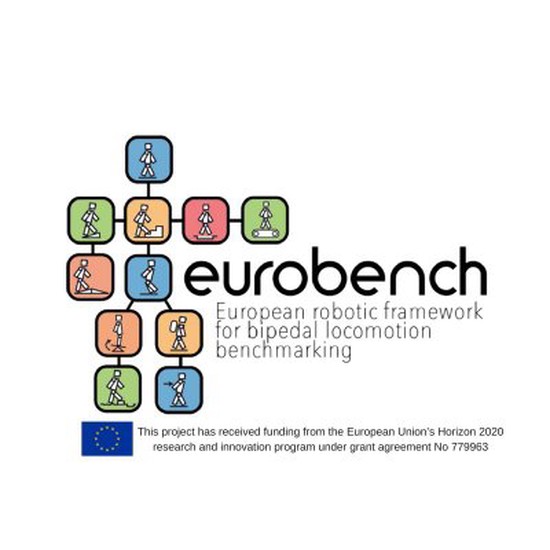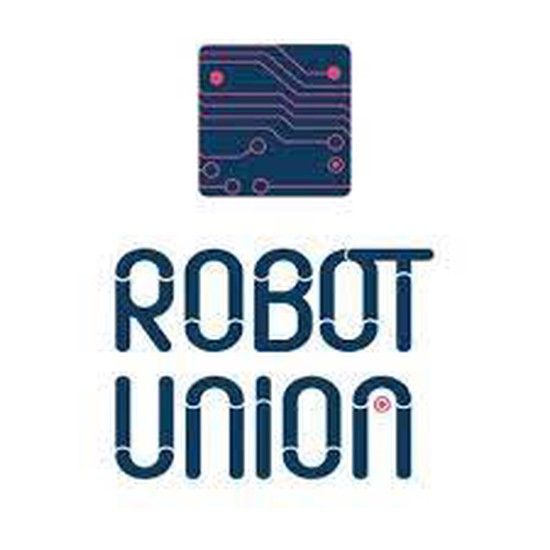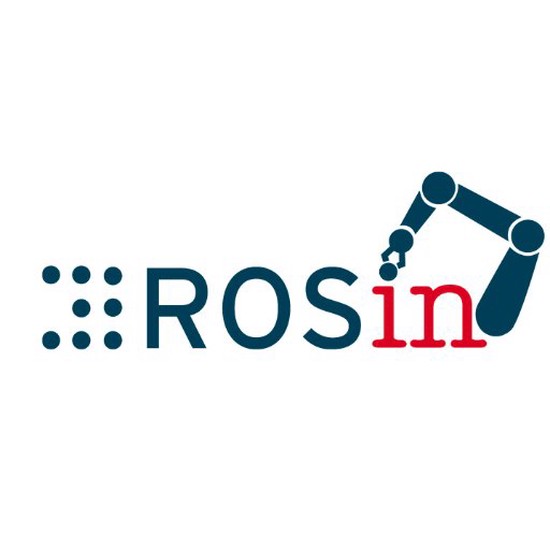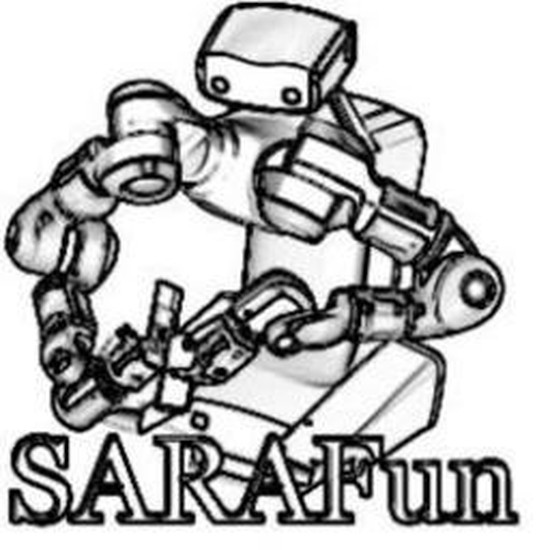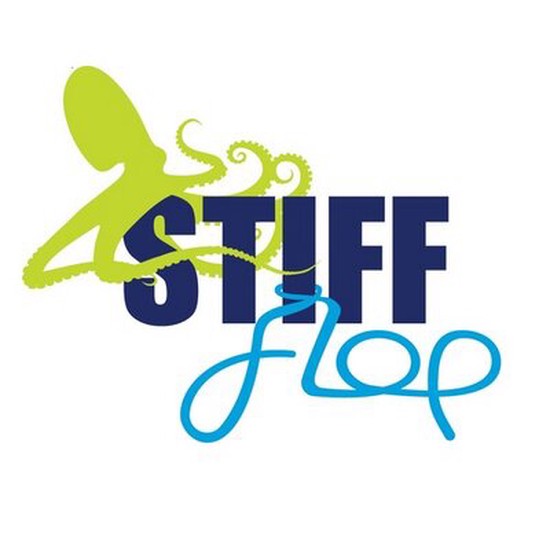Biography
I am a researcher and project manager at Tecnalia, Donostia, in the Spanish basque country. I work in the Medical Robotics group, from the Health Division, as well as in the Advanced Manufacturing group of the Industry and Transport Division. I am involved in the development of technological solutions for physical Human Robot interaction, vision-based robotic manipulation, … I am also very interested in software architecture, within (or without) the ROS framework.
Interests
- Visual servoing
- Computer vision
- Surgical Robotics
- Software architecture
Education
PhD in Computer Science, 2004
Université de Rennes I
Master of Research in Image and Artificial Intelligence, 2001
Université de Rennes I
Engineer Degree in Computer Science, 2001
INSA of Rennes

